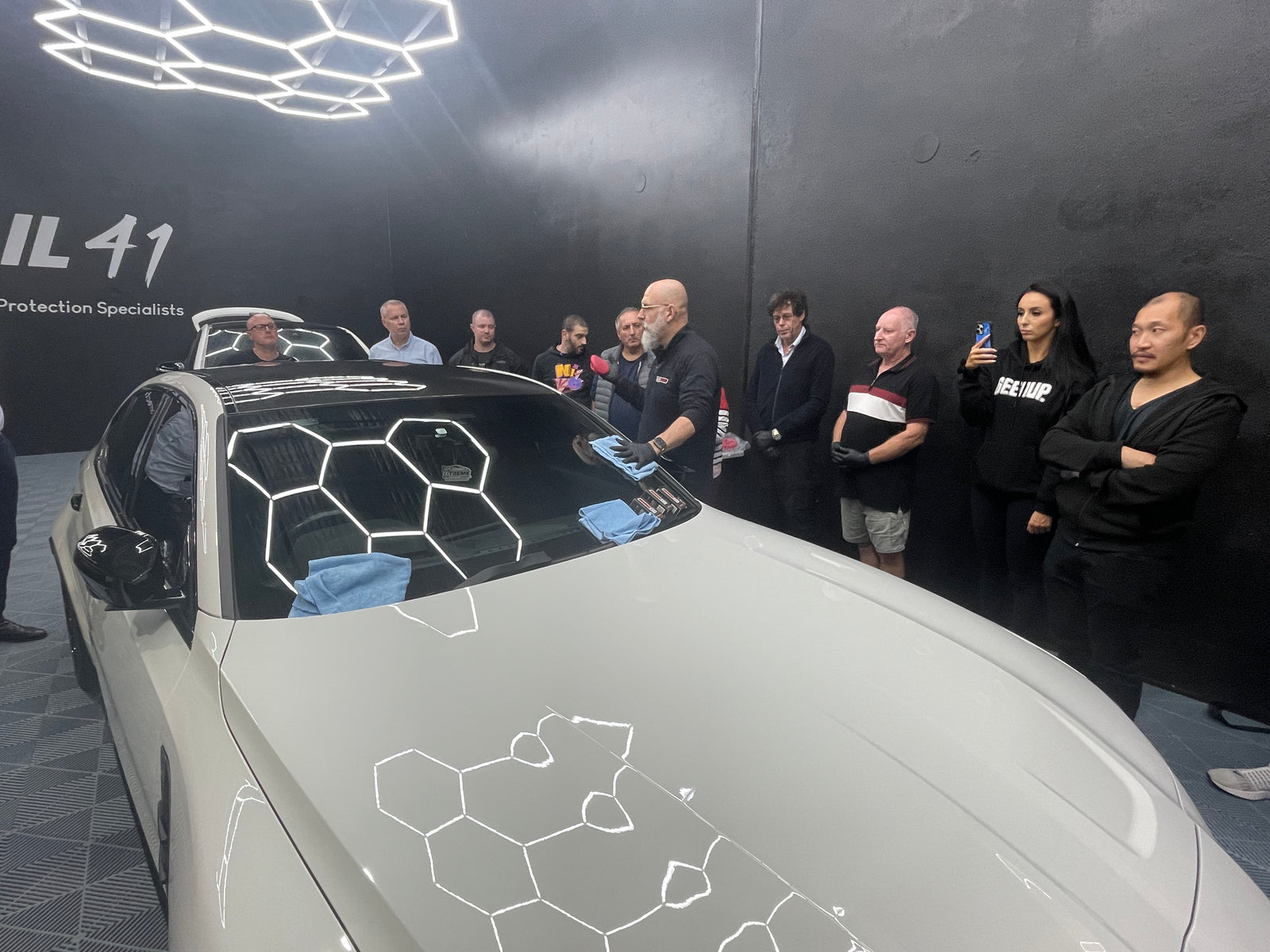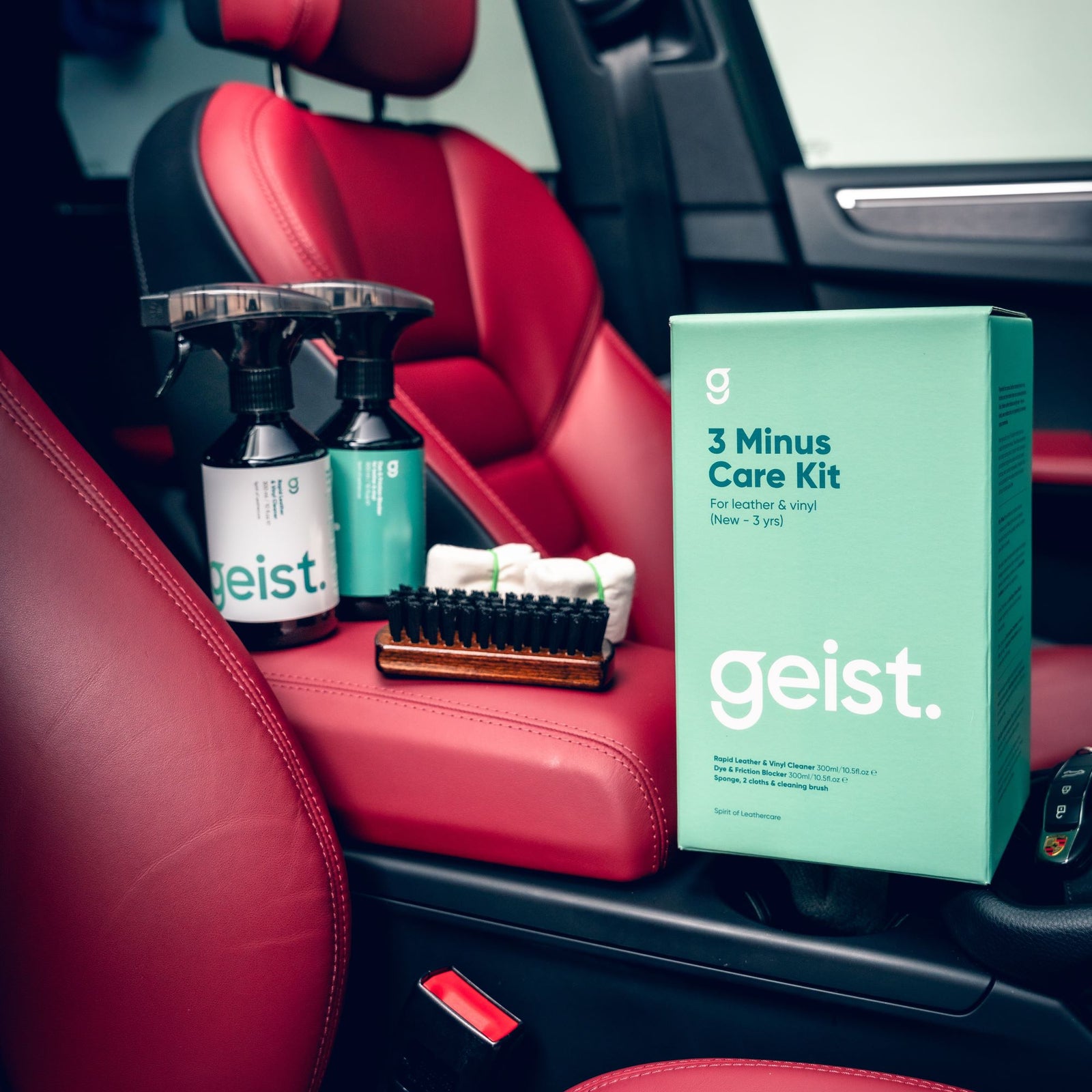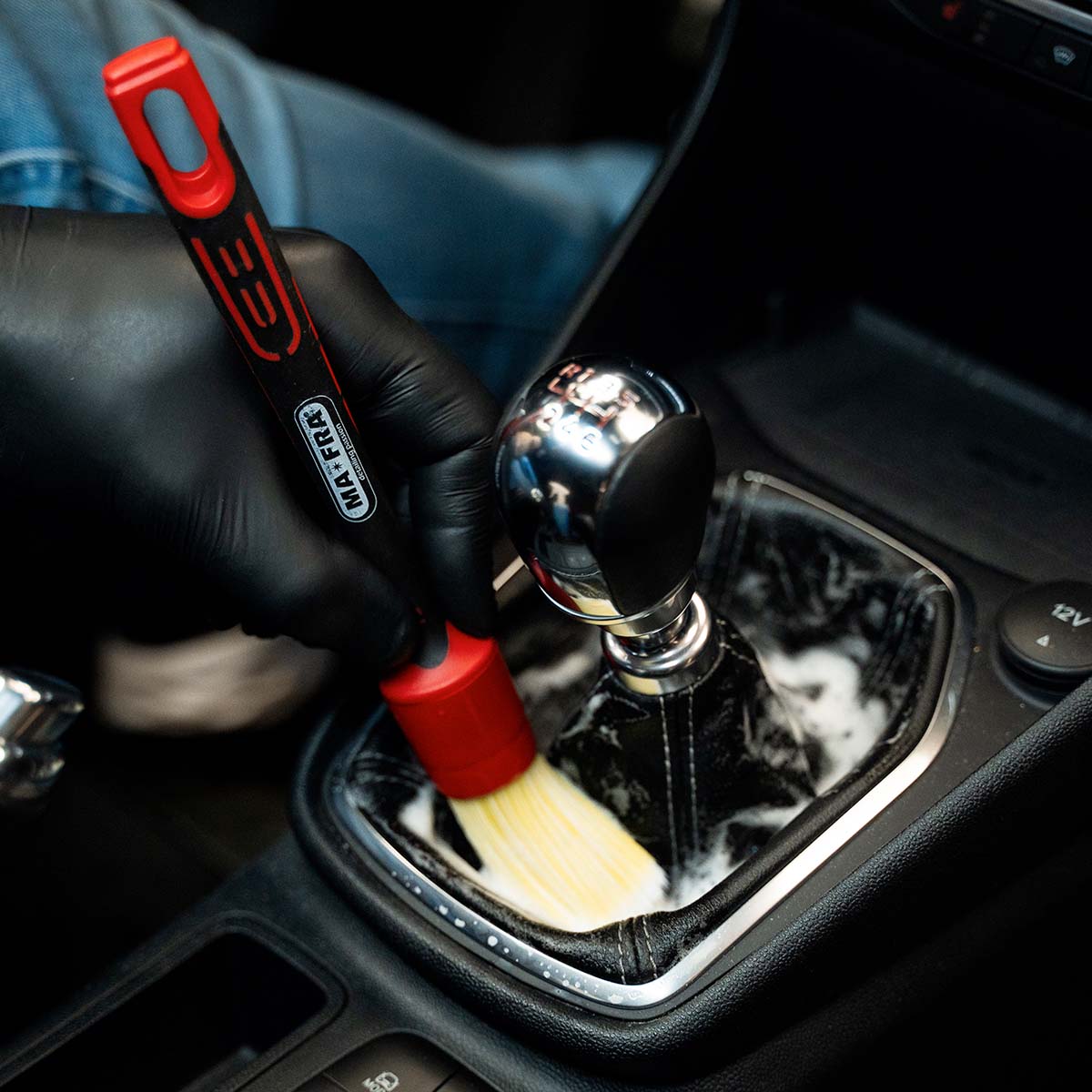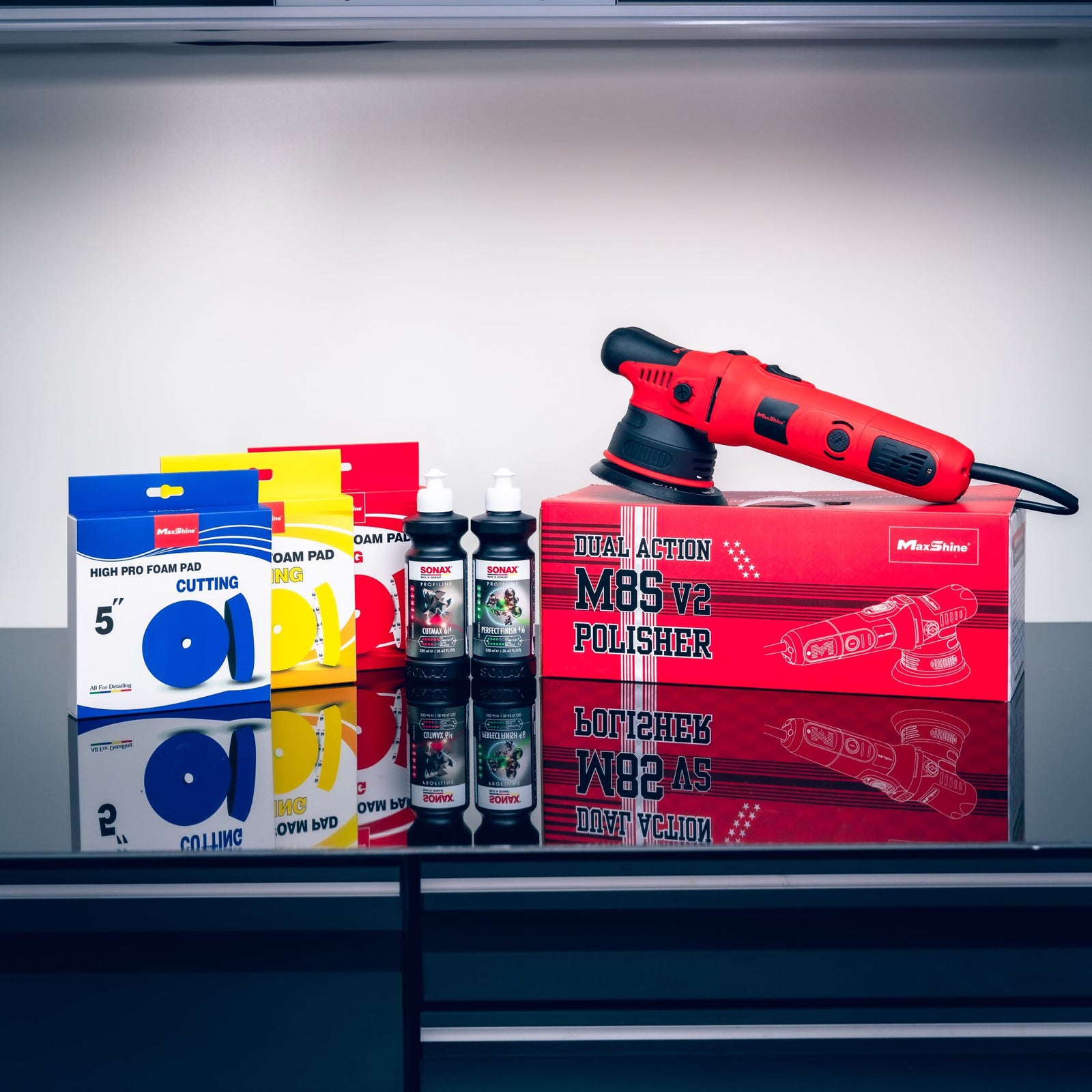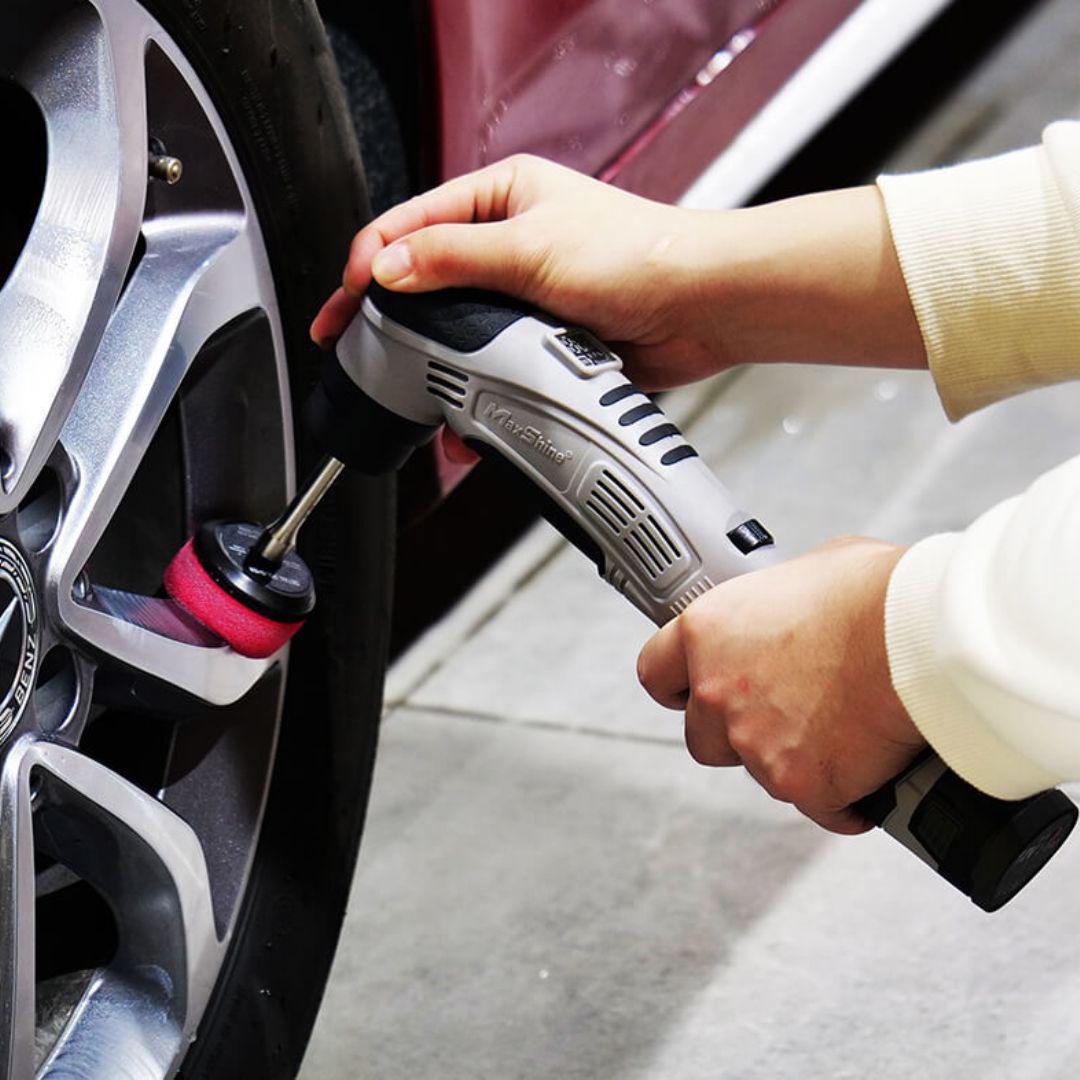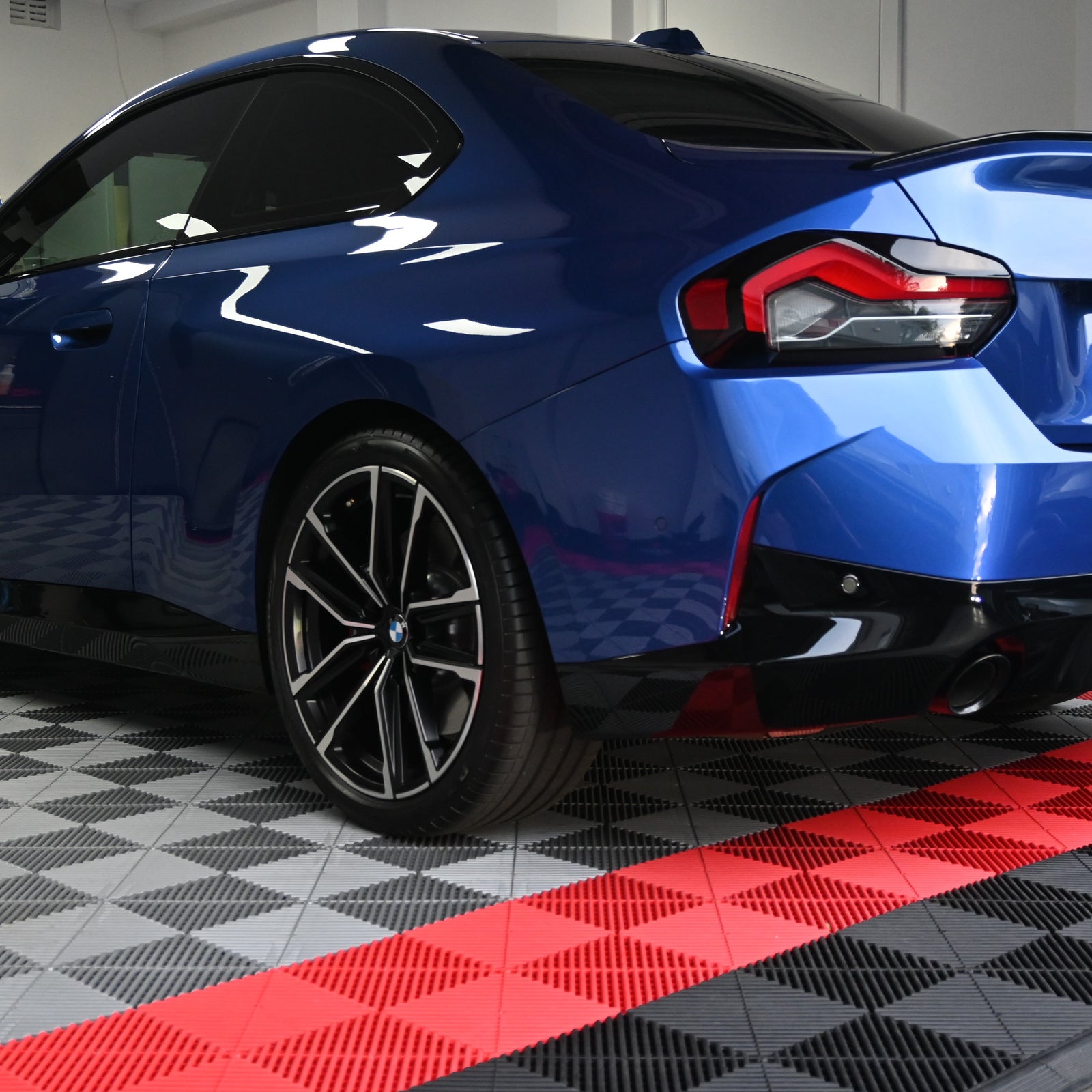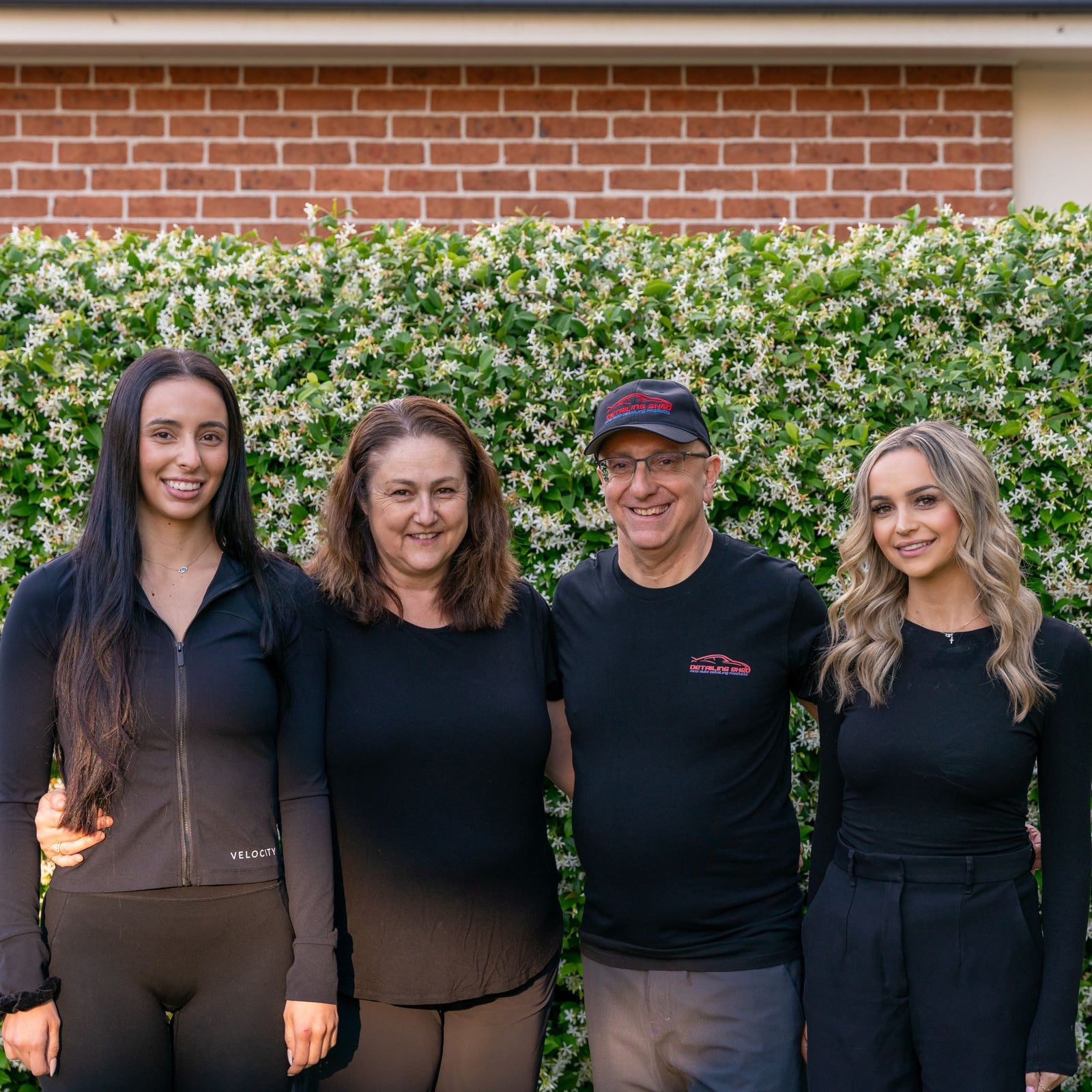The Difference Between Wax, Sealant & Ceramic Coating
If there is one area of the detailing world that has advanced the most over the last 10 to 15 years, it is paint protection. From traditional waxes and sealants, to spray sealants, ceramic spray coatings, ceramic and graphene coatings, even the humble wax has been reinvented and blended with ceramic technology. What separates these products, and which is the best? In this article, we will cover the pros and cons for each category of paint protection. We will explain the differences between the various types of protection and where they are best suited, in the process helping you choose the best product to suit your car’s needs.
Why Is Protection Important?
Due to the wide range of conditions a car must operate in, your cars paint, glass and wheels are subjected to wide variety of contaminants. Rain, dirt, mud, tar, environmental fallout, UV, tree sap, bird droppings, bugs. The list is seemingly endless, and all can cause longer term damage to your car. Applying a protectant to these surfaces provides a barrier to contaminants, protecting the finish from damage and maintaining the resale of your car. The bonus is that it will also make the car easier and safer to clean. From a visual standpoint, applying a wax, sealant or coating will enhance the look of your car, improving the gloss and slickness. After all, shiny paint is addictively awesome!
Traditional Wax’s and Sealants
Waxes come in paste and liquid form, sealants are typically of the liquid type. Waxes and sealants are an affordable option for those who enjoy a hands-on experience. Longevity is shorter, but for some, that’s a good thing. There is something uniquely satisfying about applying, buffing, and then admiring a wax or sealant on your pride and joy.
Pro’s:
- Affordable.
- Generally easy to apply and very approachable.
- Often offer a “warmer” level of gloss.
- Exceptional Slickness!
Con’s:
- Lack of durability, think 3 to 6 months at best.
- Some older products could be very hard to work with.
- Lower resistance to chemicals.
Tips – Apply thinly, a little goes a long way! Traditionally, waxes and sealants have been applied by hand, but they can also be used on a Dual Action Polisher, in turn helping to deliver a thin coat. Use a soft waxing pad on the lowest speed setting for best results. A thin application won’t necessarily compromise durability but will be much easier to buff off and reduce wastage.
Benchmark Examples:
Bilt Hamber Double Speed Wax – this is a paste wax that will deliver an ultra-deep glossy finish and strong chemical resistance. It also offers excellent coverage, so a little will go a long way.
Menzerna Power Lock – a polymer sealant that is super easy to apply, supremely easy to buff off.
Spray Sealants
Spray Sealants covers a huge list of potential candidates and has exploded in popularity over the last decade. These are liquid products that are applied in a spray and wipe manner and can be either ceramic or polymer based. Spray sealants are great for those who don’t have the time to apply a ceramic coating or wax, and can be used as a standalone protectant or as a topper to existing protection.
Pro’s:
- Easy to apply, no special equipment required.
- Time savers.
- Great toppers to existing protection.
- Moderate longevity, 4 – 8 months.
- Great gloss and slickness.
- Improved chemical resistance.
Con’s:
- Occasional streaking, typically caused by humid conditions.
Tips – these products make excellent drying aids, boosting your base layer protection as you dry. In which case, select one that will work in tandem with your existing coating or wax.
Benchmark Choices:
Obsessed Garage Drying Aid – with no scent and no colorant for consistency, this product is extremely versatile, able to be used on waxes, sealants, and ceramic coatings as a topper, or as a standalone protectant.
P&S Bead Maker – I’m not going to lie, the scent alone is a huge drawcard. However, the gloss and slickness it creates is truly exceptional.
Koch Chemie S0.02 – this is a brilliant standalone sealant that is supremely easy to apply and offers fantastic hydrophobic qualities. A little goes a long way with this product.
Ceramic Spray Coatings
Spray Coatings are often a gateway to full-ceramic coatings, offering a similar application process to a spray sealant but with superior durability, water behaviour and chemical resistance.
Pro’s:
- Increased Durability over a traditional spray sealant. Think 6 to 12+ months.
- Easier to apply than a full-ceramic coating.
- Coating-like levels of water beading and self-cleaning.
Cons:
- Won’t deliver the longevity of a full-ceramic coating.
Tips – for those that like to try different products but still want decent durability, these ceramic spray coatings are a great choice.
Benchmark Choices:
Gtechniq C2v3 – offering high UV protection and water sheeting ability, this product is easy to use and delivers a solid 6 months protection. C2v3 also boasts anti-static properties meaning it will repel light dust and keep your car cleaner for longer. Excellent gloss too!
Ethos Resist– another brilliant product from Ethos, able to deliver between 6 to 12 months protection depending on conditions. Resist is actually a blended of ceramic and graphene technology, boosting durability, slickness and the ability to repel contamination. Able to be used as a topper or as a standalone.
Ceramic Coatings
In recent years, ceramic coatings have moved into the mainstream and are vastly easier to apply, be that a professional or enthusiast detailer. These products do require a methodical application technique, but reward with the highest level of chemical resistance, durability, and hydrophobic behaviour. Ceramic Coatings also cater to the various surfaces on your car, from paint to glass, wheels to plastic trim. That means optimal performance and durability on each surface rather than the compromise that happens with spray sealants, waxes, and sealants.
Pro’s:
- Extremely Durable, offering longevity beyond 12 months and approaching 2, 3 or 5 years and beyond depending on the product.
- Extreme resistance to chemicals and contamination.
- Superior levels of hydrophobicity.
- Choice! With so many on the market now, you can select the level of durability and overall look to suit your requirements.
Con’s:
- Preparation prior to coating is more intense.
- More technique required for application.
- Some additional maintenance is required.
Tips – Not all coatings are created equal. Each coating offers a unique blend of attributes, some are glossier, some are slicker, some are more durable, so choose one that suits your requirements.
Benchmark Choices
Gtechniq Crystal Serum Light + EXO V5 - this is a dual layer coating that provides a durable base layer (CSL) and an extremely hydrophobic and slick topcoat (EXO), giving you the best of both worlds.These can be bought seperately or as a bundle.
Feynlab Ceramic Lite – producing a high level of slickness and gloss, this option was designed to be super user friendly. Offering superb value for money, Ceramic Lite will deliver between 1 to 2 years durability depending on conditions.
Q&A
Is wax dead?
Not at all! As mentioned earlier, applying a wax is a tactile user experience, rewarding hard work with a level of gloss and slickness that is hard to explain. Wax is ideal for weekend or show cars, where ultimate durability and chemical resistance is not as important.
Does a wax, sealant or ceramic coating negate the need for maintenance?
No. You will get the best out of your wax, sealant or coating with regular, safe washing methods. That applies to visual and practical aspects of protection.
Can I apply a ceramic coating myself at home?
Absolutely! Ceramic coatings are much more user friendly than in the past. My advice would be to follow the coating manufacturer’s instructions, watch a few tutorials on YouTube and take your time. Work in small sections until you gain confidence and you’ll be fine.
Does a ceramic coating prevent scratches?
Yes and no. A ceramic coating is not impervious to scratches, but the ability to resist or reject contaminants means future cleaning will be safer, easier and therefore less prone to scratching.
How often do I apply a wax, sealant, or ceramic coating?
This varies between each category and between each similar product. As a general rule, waxes and sealants would be re-applied every 3 to 4 months, spray sealants every 4 to 6 months, ceramic coatings 1 to 5 years. Of course, this will all vary depending on how you use and store your vehicle.
Why do ceramic coatings require periodic decontamination?
Think of a ceramic coating as your skin, as in it provides your body a durable but breathable coating to protect what lies beneath. Naturally, your skin needs to be cleaned regularly to remain healthy. The same applies to a coating, from time to time we need to clean the “pores” of the coating to ensure it remains healthy and performing at its best. The use of specific soaps and decontamination chemicals helps remove contamination so that your coating functions as it should. How often this is done again comes down to vehicle usage and storage.
Good luck and happy detailing!
